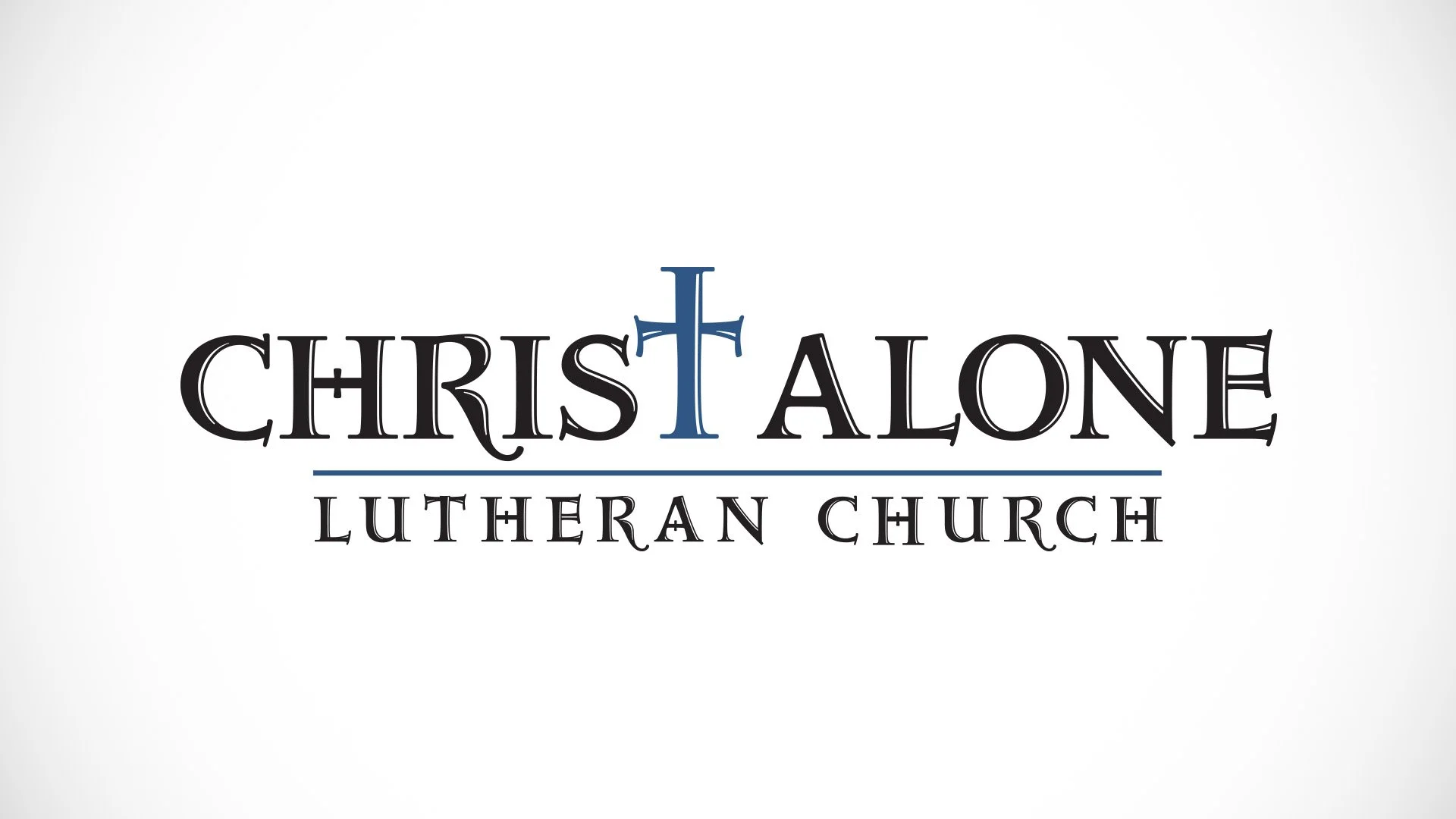We offer a livestream each Sunday of our 10:30 worship service to those who are unable to attend in person. You can follow along each Sunday, or watch previous services from our Facebook page.
As believers, Christ is at the center of everything we do.
This is especially true when believers gather together for worship. Without Christ, we would have no reason to gather for worship. We would be separated from God and each other. We would cower in shame in the presence of God. But Christ, our Savior, has restored our relationship with God. This fact brings us two-fold joy. We open our hearts to receive his saving and empowering gospel. We also open our arms to offer to Christ our thanks, our lives, our everything.
This cycle of receiving from God and giving to God characterizes each of our lives. It also characterizes the way we worship when we gather together. To accomplish this, we use a form of worship that traces its roots to the apostles themselves. It’s called liturgical worship.
Christ is at the center of liturgical worship. Some parts of the liturgy stay the same each Sunday. This is to make sure that Christ is proclaimed and praised during every service. Some parts of the liturgy change every week. These changes are based on the appointed calendar of the church. This calendar makes sure that we cover the important events and teachings of Christ every year.
The Church Year
The church year ensures we cover the important events and teachings of Christ every year.
Advent
The church year begins with Advent at the end of November and spans the next four weeks before Christmas. Advent means “coming” and is a time of quiet reflection in preparation for the coming of Christmas and the coming of Christ at the end of the world.
Christmas
For twelve days we celebrate the coming of God as a man to save us.
Epiphany
Epiphany is a Greek word that means “appearing.” We remember the appearing of the star to the wise men, telling us that Christ is the Savior of all nations. We also see Christ appearing to his disciples, making himself known as the promised Savior as he begins his ministry.
Lent
Lent is time for humble and solemn meditation on the seriousness of our sins and the depth of Christ’s love for us that he took those sins upon himself.
Easter
The sorrow of Lent is broken by the triumphant celebration of Easter, the highest of holy days for Christians. We rejoice in the victory of the risen Christ over all of our enemies.
Pentecost
The season of Pentecost begins 50 days after Easter and covers the remaining half of the church year. During Pentecost we focus on the teachings of Christ and their application to us.
What do the different colors we use in church mean?
White
The color of purity, perfection, eternity, and joy. Used on festival days like Christmas and Easter.
Red
The color of zeal (fire) and martyrdom (blood). Used on days when we focus on the power of the Holy Spirit through God’s Word and in zealous and faithful believers.
Green
The color of life, refreshment, and regeneration. Used most during the Sundays after Pentecost to remind us of the growth of our faith and the church as we hear Christ’s teachings.
Purple
The color of royalty, but also of sorrow and repentance. Used during Lent.
Black
The color of mourning, humility, and death. Used on Good Friday.
Blue
The color of hope and anticipation. Used during Advent.

